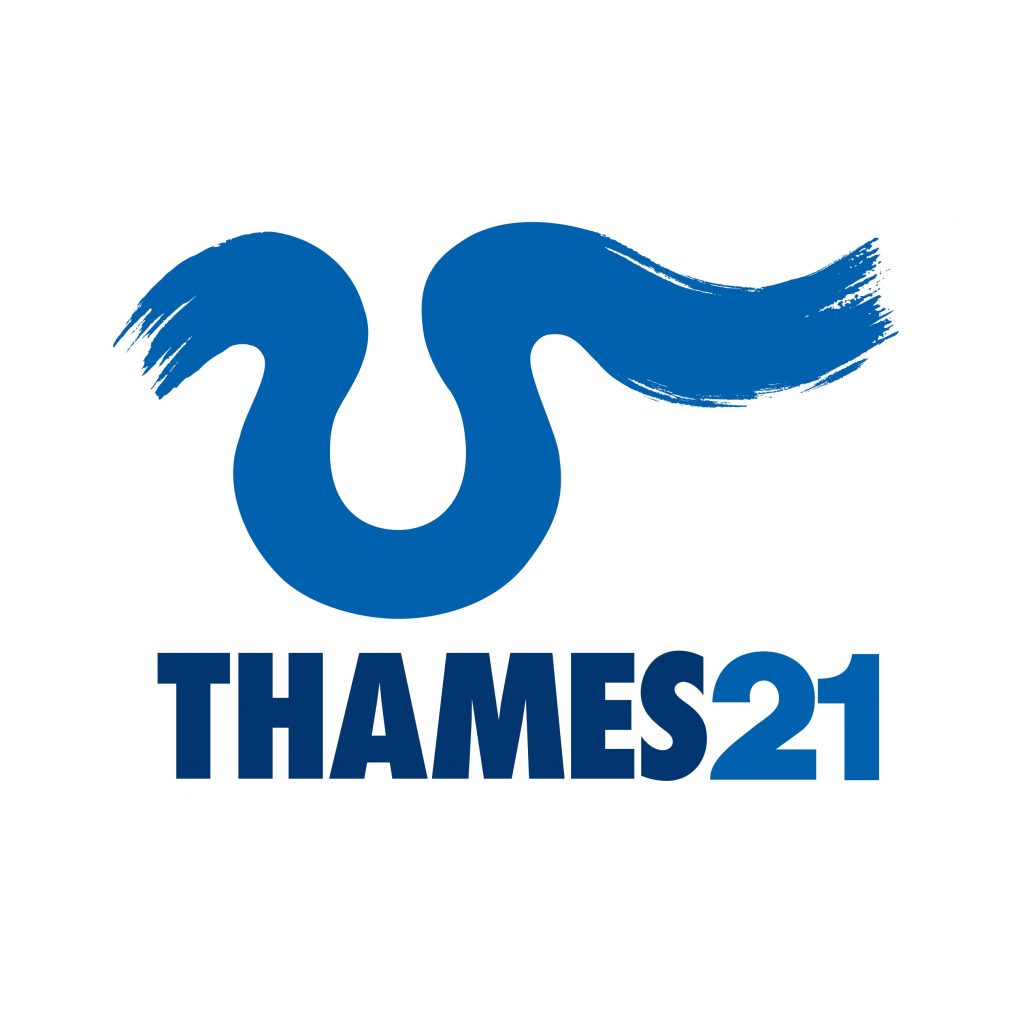Biodiversity with purpose
Watercourse biodiversity units in London

Introduction
The Biodiversity Net Gain (BNG) policy, outlined in the Environment Act 2021, became mandatory on the 12th February 2024. This policy mandates that most planning permissions must achieve a minimum 10% biodiversity net gain. Small sites followed suit in April 2024 and Nationally Significant Infrastructure Projects will in 2025.
Watercourse Biodiversity units
Biodiversity Net Gain classifies rivers and streams as high distinctiveness habitats, any losses must be replaced with biodiversity units of the same habitat type. It may not be possible to obtain 10% net gain on site, in which case off-site units or statutory credits must be purchased. The current cost to purchase a statutory watercourse credit from the government is £230k, and due to the spatial risk multiplier you’ll need two credits for every unit required i.e. buying a unit through statutory credits will cost £460k.
What is London River Bank?
London River Bank, convened by Thames21, is creating a one stop shop for watercourse biodiversity units across London. Our social enterprise delivery model, using a Community Interest Company, ensures all profits are re-invested in positive environmental projects to benefit local communities. This first of its kind approach is working collaboratively with landowners and local authorities to develop, deliver and sell the units ready for this developing market. With Thames21 expertise, we can deliver significant biodiversity uplift which is highly valued by all and through appropriate contracting arrangements safeguarded for 30 plus years.
Why?
London’s rivers are highly damaged through historical engineering and development, however numerous opportunities to restore rivers in London exist and these can deliver significant biodiversity uplift.
These projects also offer significant benefits through improving access, amenity and well being, as well as increasing the resilience to the impacts of climate change. By working with local communities and partners, London River Bank will use BNG to deliver integrated solutions that create happier, healthier rivers, valued by all.
How it will work?

Case Study
Project name: Glassmill Pond Restoration
Location: Bromley, London
Landowner: Bromley Council
Delivered by: Thames21
Date of construction: October 2023
Length of river restored: 142m
BNG Units (net change): 0.99
If left without intervention, Glassmill Pond would eventually silt up completely, increasing flood risks both locally and upstream. The impoundment weirs at
Glassmill Pond also presented significant barriers to fish movement through the area, as well as altering the natural flow of the river and reducing the presence of natural river habitats.
The restoration included developing an independent river channel separated from the Glassmill Pond, flowing adjacent to the left bank. By separating the River Ravensbourne and Glassmill Pond, the sediment coming down the river should carry on downstream and not deposit in the pond, restoring natural sediment transport.
This should slow down the rate of siltation of the pond and maintain its depth for a longer period of time. The river system with new pools and riffles will offer a unique ecosystem that has been missing in this area, one that lives in the memory of some of the local people. The restored pond will add to the public amenity of the area. Furthermore, with the enhanced riparian zones and islands, there will be plenty on offer to support diverse wildlife. Elsewhere, the removal and modification of the impoundment weirs restored fish passages through this length of the Ravensbourne, contributing further to the restoration of aquatic biodiversity.

What is on offer?
Units available
Thames21 have an identified a pipeline of watercourse biodiversity units through a program of river restoration projects in the Ravensbourne, Lea and Brent Catchments. Subject to demand we have the opportunity to scale up across multiple catchments.
Costs
From extensive delivery experience and detailed analysis, the costs of creating watercourse biodiversity units are likely to range from between £100K-£200k, including compliant legal agreements with landowners (including some local authority partners) and 30 years of management, monitoring and maintenance.
Other benefits
The river restoration projects will all deliver wider environmental and community benefits which would align to corporate ESG targets.
Timescales
London River Bank have a number of watercourse biodiversity units available to buy in 2024 and a pipeline of projects ready to be delivered in the next three years.
Interested to find out more information?
Please contact: londonriverbank@thames21.org.uk
If you’d prefer to talk to someone, then email us your details and we’ll call you back.


